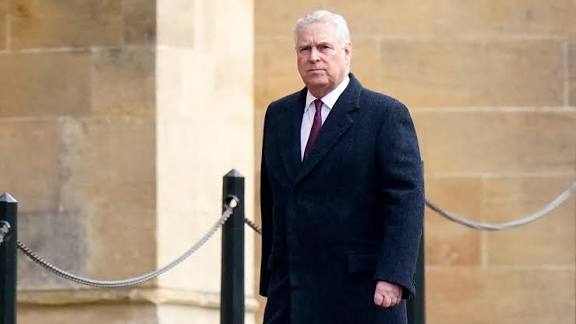Prince Andrew is reportedly set to remain at his sprawling 30-room residence, Royal Lodge in Windsor, even as public scrutiny over his ties to the late financier and convicted sex offender Jeffrey Epstein continues. Buckingham Palace confirmed in a statement on Friday that the Duke of York will surrender his remaining royal titles and honours — but his determination to hold onto his long-time home appears unwavering.
For years, King Charles has reportedly urged his younger brother to downsize, even scaling back Andrew’s security arrangements to encourage him to move. Yet, after more than twenty years at Royal Lodge, the Duke remains firmly in place. He first took up residence there in 2003 under a 75-year lease agreement — one that now reveals several surprising details about his continued occupancy.

Below are seven notable insights from the official lease documents.
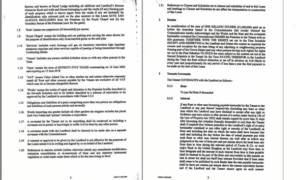
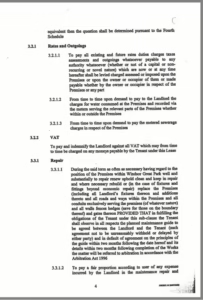 1. A royal bargain
1. A royal bargain
When Prince Andrew secured the lease for Royal Lodge in 2003, he reportedly paid just £1 million for the privilege. Considering the estate’s current estimated value of around £30 million, that initial payment now seems like a remarkably good deal for a royal residence.
2. Rent in name only
Under the terms of the agreement, Andrew owes only a “peppercorn rent if demanded” each year — a symbolic payment designed purely to maintain legal formality. In practice, it means the Duke effectively occupies one of Britain’s grandest homes rent-free.
3. A meaningful signing date
The lease was signed on August 8, 2003 — a date of personal significance, as it coincided with the 15th birthday of his eldest daughter, Princess Beatrice.
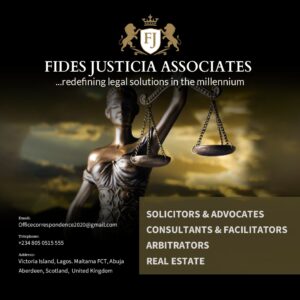
4. A lifetime lease
The contract grants a 75-year term, beginning on June 16, 2003, and running until June 15, 2078. The lengthy tenure virtually guarantees Andrew’s right to remain at Royal Lodge for the rest of his life, should he choose to do so.
5. A hefty maintenance burden
The lease makes clear that upkeep of the entire property — including fixtures, fittings, fences, gates, and conduits — falls entirely on the Duke. He is required to “substantially repair, renew, uphold, clean, and keep in repair” the premises, and even rebuild or replace parts if necessary.

6. Millions spent on renovations
According to a National Audit Office report, Andrew invested an additional £7.5 million in refurbishments during 2005. The work included major repairs and improvements, further cementing his financial stake in the estate.
7. A payout for leaving early

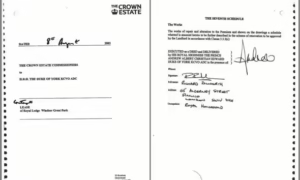 One particularly striking clause in the lease entitles the Duke to a £558,000 payment from the Crown Estate should he ever choose to surrender the property early. This clause may help explain why Andrew has been so reluctant to vacate his Windsor residence.
One particularly striking clause in the lease entitles the Duke to a £558,000 payment from the Crown Estate should he ever choose to surrender the property early. This clause may help explain why Andrew has been so reluctant to vacate his Windsor residence.
On October 20, Princess Beatrice was spotted visiting her father at Royal Lodge, a quiet reminder that despite the controversy, family bonds remain strong, and the Duke’s attachment to his Windsor home shows no sign of fading.


